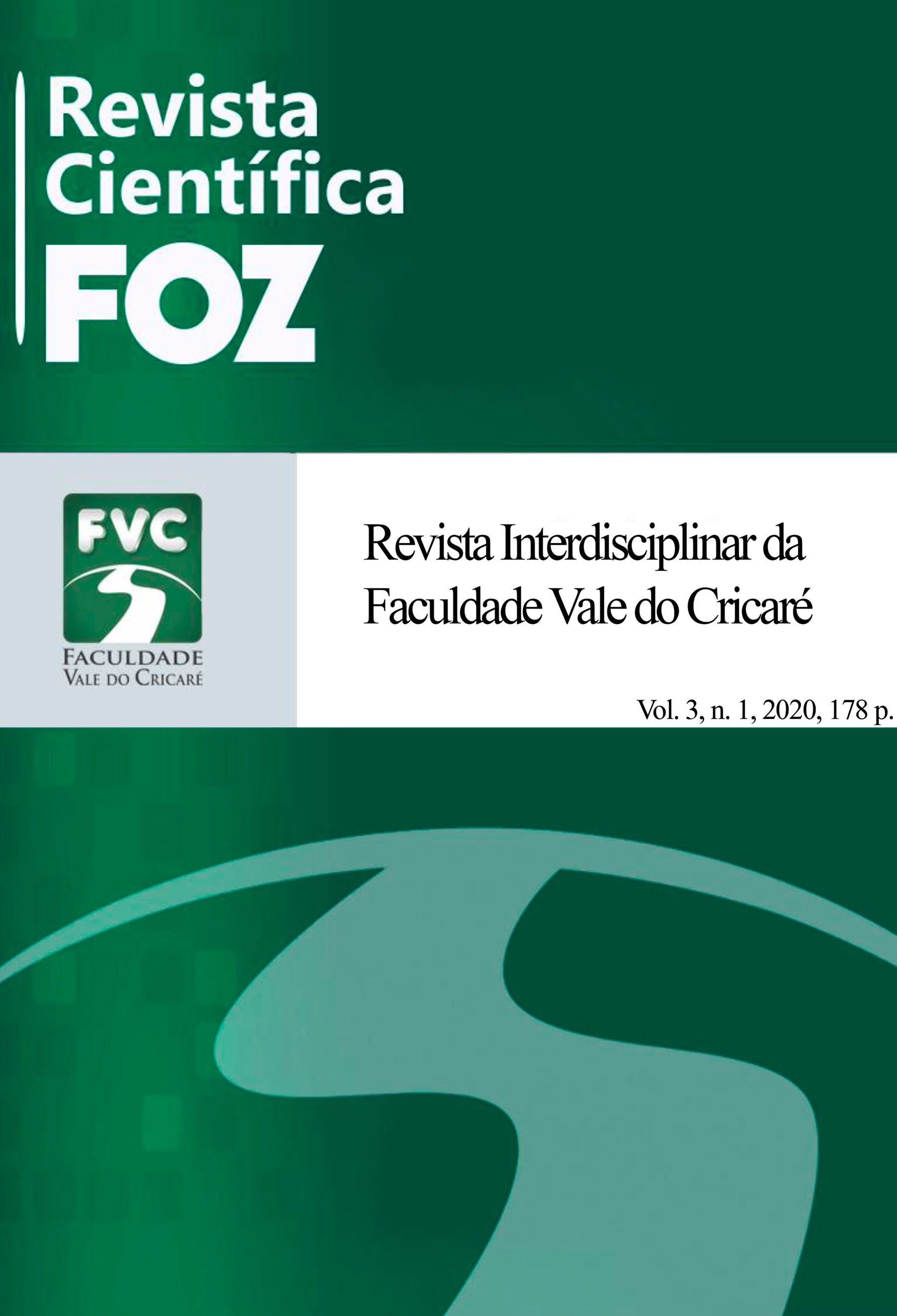Contested understandings of nature in Nicaragua´s South-east
Palavras-chave:
Nicaragua, land conflicts, territory, Political Ecology, Societal Nature RelationsResumo
Departing from theoretical and empirical insights from Political Ecology, this case study analyses the claims of different social groups about Nature in south-eastern Nicaragua. The analysis draws on expert interviews conducted during field research in 2014, 2015, and 2016 and contextualizes the findings within the history of Nicaragua. Environmentalists refer to the area as habitat of endangered species, whereas peasants perceive it as “agricultural frontier”. Politicians see a high potential of this sparsely populated territory for the extraction of resources or the construction of an Interoceanic canal. For most indigenous and afro-descendent leaders, however, this is the land of the ancestors. From their point of view, the attitudes of the Nicaraguan government and the peasants are a continuation of centuries of colonialism and racism.
Referências
Academia de Ciencias de Nicaragua (ed.). 2014, El canal interoceánico por Nicaragua: aportes al debate. Managua.
Becker, E. and T. Jahn. 2003. ‘Umrisse einer kritischen Theorie gesellschaftlicher Naturverhältnisse’. In G. Böhme and A. Manzei (eds.), Kritische Theorie der Technik und der Natur, pp. 91–113. Wilhelm Fink Verlag: München.
Berghöfer, U., R. Rozzi and K. Jax. 2008. ‘Local versus Global Knowledge: Diverse Perspectives on Nature in the Cape Horn Biosphere Reserve’. Environmental Ethics 30:273–293.
Berghöfer, U., R. Rozzi and K. Jax. 2010. ‘Many eyes on nature: diverse perspectives in the Cape Horn Biosphere Reserve and their relevance for conservation.’. Ecology and Society 15(1).
Bridge, G., J. McCarthy and T. Perrault. 2015. ‘Editors´ Introduction’. In T. A. Perreault, G. Bridge and J. McCarthy (eds.), Routledge handbook of political ecology, pp. 3–18. Routledge.
Cremers, G. and E. D. Rasch. 2016. ‘`El dios dinero es el que manda´ Nature as a Field of Force in the Western Highlands of Guatemala’. fiar. forum of inter-american research 9(2):72–93.
Davis, D. K. 2015. ‘Historical approaches to Political Ecology’. In T. A. Perreault, G. Bridge and J. McCarthy (eds.), Routledge handbook of political ecology, pp. 263–275. Routledge.
Dietz, K. and B. Engels. 2014. ‘Immer (mehr) Ärger wegen der Natur? Für eine gesellschafts- und konflikttheoretische Analyse von Konflikten um Natur’. Österreichische Zeitschrift für Politikwissenschaft 43(1):73–90.
Dozier, C. L. 1985, Nicaragua´s Mosquito Shore. The Years of British and American Presence. University of Alabama Press, Alabama.
‘Introduction’. In M. Goldman, P. Nadasdy and M. Turner (eds.), Knowing Nature: Conversations at the Intersection of political ecology and science studies, pp. 1–23. University of Chicago Press: Chicago, London.
Görg, C. 2004. ‘The construction of societal relationships with nature’. Poiesis & Praxis 3(1-2):22–36.
Görg, C. and U. Brand. 2006. ‘Contested Regimes in the International Political Economy: Global Regulation of Genetic Resources and the Internationalization of the State’. Global Environmental Politics 6(4):101–123.
Huete-Perez, J. A., J. G. Tundisi and P. J. J. Alvarez. 2013. ‘Will Nicaragua’s Interoceanic Canal Result in an Environmental Catastrophe for Central America?’. Environmental Science & Technology 47(23):13217–13219.
Kinloch Tijerino, F. 2012, Historia de Nicaragua. IHNCA-UCA, Managua.
Leff, E. 2015. ‘Political Ecology: a Latin American Perspective’. Desenvolv. Meio Ambiente 35:29–64.
Lopez Baltodano, M. 2014. ‘Anuncio Nicaragua Canal Interoceánico: 25 verdades, 40 violaciones a la Constitución’. Envio January(382).
Mayring, P. 2010, Qualitative Inhaltsanalyse: Grundlagen und Techniken. Beltz Verlagsgruppe, Weinheim.
Nietschmann, B. 1973, Between Land and Water. The Subsistence Ecology of the Miskito Indians, Eastern Nicaragua. Seminar Press, New York, London.
Nietschmann, B. 1995. ‘Conservación, autodeterminación y el Area Protegida Costa Miskita, Nicaragua’. In M. Chapin (ed.), La Lucha por la Tierra en la Ultima Frontera de Centroamérica, pp. 1–52. Mesoamérica: Antigua Guatemala.
Nygren, A. 2000. ‘Environmental Narratives on Protection and Production. Nature-based Conflicts in Río San Juan, Nicaragua’. Development and Change 31(4):807–830.
Nygren, A. 2003. ‘Violent Conflicts and Threatened Lives: Nicaraguan Experiences of Wartime Displacement and Postwar Distress’. Journal of Latin American Studies 35(2):367–393.
Nygren, A. 2004. ‘Competing Claims on Disputed Lands: The Complexity of Resource Tenure in the Nicaraguan Interior’. Latin American Research Review 39(1):123–153.
Quintero, B. G., R. M. Castillo, I. Ortega Gasteazoro, and M. J. Miguel Torrez. 2003. ‘Reserva de Biosfera del Sureste de Nicaragua. Formulario de Aplicación para su Nominación y Reconocimiento dentro del Programa MAB-Unesco’, Managua.
Rabella, J. 2013, Aproximación a la historia de Río San Juan. Hispamer, Managua.
Robbins, P. 2012, Political ecology: A critical introduction. Wiley, Chichester, West Sussex.
Sáenz Mejía, L. E. 2006. ‘Cultivo de la Palma Africana. Guía Tecnica’, Managua, www.galeon.com/subproductospalma/guiapalma.pdf (accessed 8 March 2016).
Stam, R., and E. Shohat. 2014, Race in Translation. Kulturkämpfe rings um den postkolonialen Atlantik. Unrast, Münster.
Utting, P. 1993, Trees, people, and power: Social dimensions of deforestation and forest protection in Central America. Earthscan Publications, London.
Downloads
Publicado
Como Citar
Edição
Secção
Licença

Este trabalho encontra-se publicado com a Licença Internacional Creative Commons Atribuição 4.0.
Os autores mantêm os direitos autorais e concedem à revista o direito de publicação inicial, com o trabalho simultaneamente licenciado sob a Licença Creative Commons 4.0, Atribuição-Sem Derivações, e pelos direitos de publicação. Os autores podem publicar seus trabalhos on-line em repositórios institucionais / disciplinares ou nos seus próprios sites.











